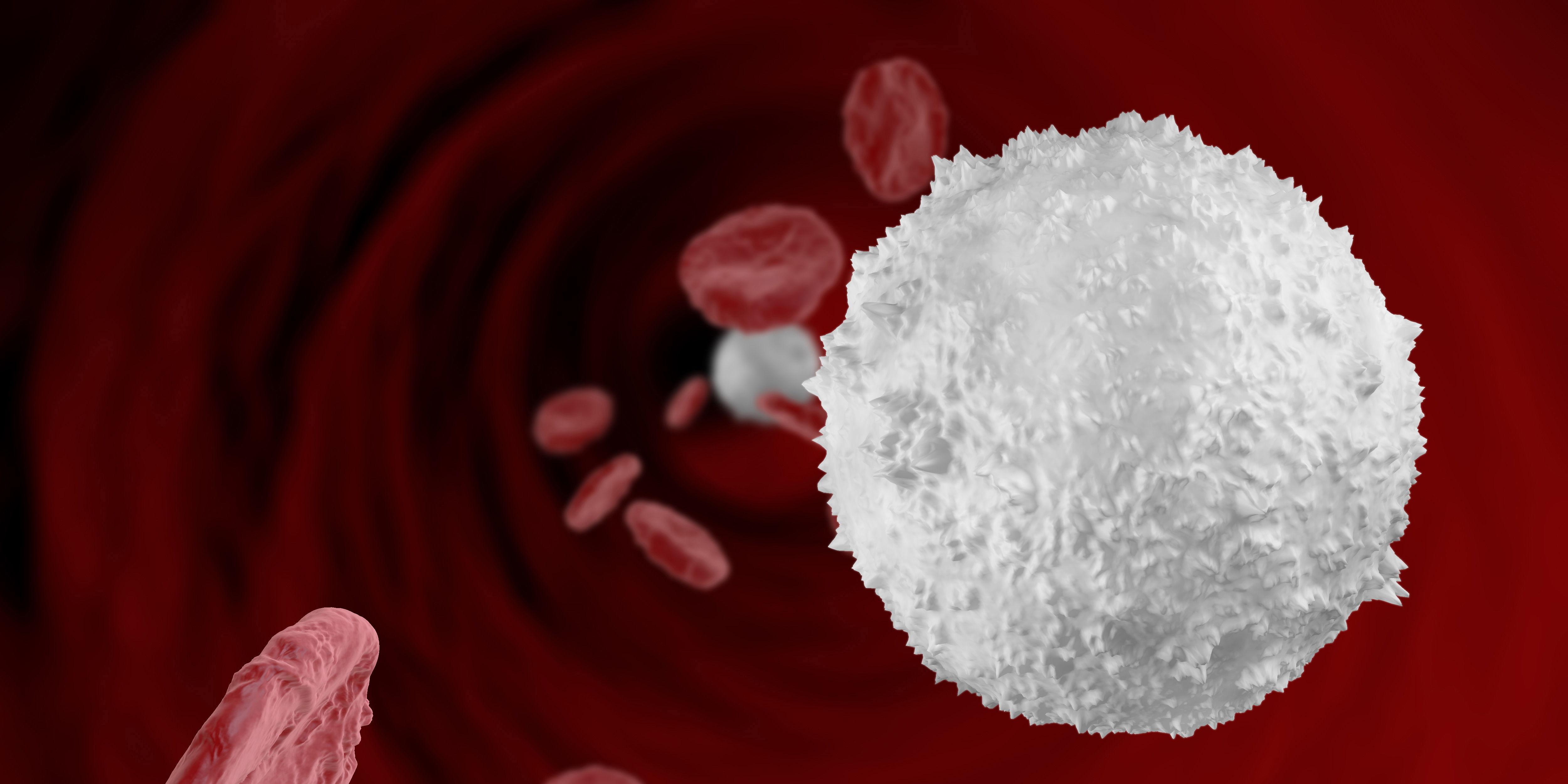This muscle allows you to bring a cup of coffee to your mouth as flexion occurs.
Bicep
A familial royal disease that prevents blood from clotting.
Hemophilia
What two systems composed the circulatory system?
Cardiovascular and lymphatic.
Which cells make up the upper layers of the skin?
Stratified squamous epithelium.
This bone is used to help increase range of motion in your arms.

Clavicle
The term describing contraction of the ventricles of the heart.
Systole
Disease that affects blood sugar regulation that cannot be treated with synthetic insulin.
Type II diabetes
This system protects our bodies from disease.
Lymphatics/immune
In what type of tissue would your find osteoblasts or osteocytes?
Bone
This structure is responsible for absorbing nutrients in the lower part of the digestive tract.

Small intestine
What are the primary ions involved in generating an action potential?
Sodium (Na+) and Potassium (K+)
Immune reaction to irritants including pollen that may include inflammation and pain.
Allergies
This system is the first line of defense against invading pathogens.
Integumentary.
These cells are responsible for fighting infection from pathogens.

White blood cells
This organ has both endocrine and neurological function.

The pituitary gland
These biomolecules are produced in response to an infection in the body.
Anitibodies.
What type of break is shown here?
comminuted
These two special systems work together to regulate your balance and recognition of sounds.
Leukocytes are found in which system?
Lymphatic or immune
This pair of organs is responsible for filtering wastes out of the liquid in the body and maintaining our fluid level.
Kidneys
This event results from the movement of ions across a semipermeable cell membrane and results in a communication between two cells.
Action potential
Symptom that affects your inner ear impacting balance and perception of position in space.
Vertigo
What two systems interact to exert chemical control over growth and development.
Nervous and Endocrine
White matter is made of which type of tissue?
Nervous.